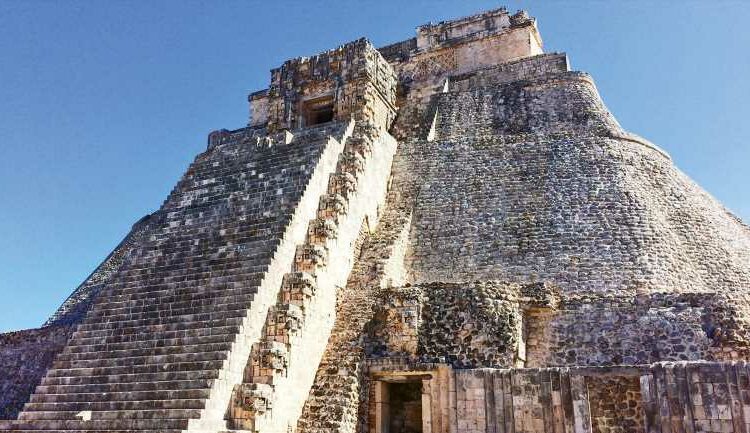By the time you read this, the Mundo Maya Organization will already be in the middle of its first virtual trade event. Held from July 27 to 29, the Mundo Maya event was designed to increase interest in the historically and culturally significant region that includes five countries. It’s called the Mundo Maya, and for most travelers to Mexico, the first taste happens at the archeological sites of Chichen Itza and Tulum. This, of course, is only the beginning.
With travelers continuously searching for “what’s next,” especially as travel kicks back into high gear and people are searching for new experiences, Mundo Maya provides a veritable (and literal) world of Mayan history and culture that goes far beyond the traditional day excursions from Cancun resorts.
The Mundo Maya Organization is aiming to position the region, once home to the ancient Mayan civilization, as a multidestination experience. All members of the Mundo Maya are open and receiving visitors without a quarantine requirement, though some destinations require a negative antigen test to enter. Mexico’s destinations do not.
What is the Mundo Maya?
Mundo Maya is just as it sounds — it’s the Mayan world. The Mayan people have lived in the region that is now southern Mexico, Belize, El Salvador, Honduras and Guatemala for thousands of years. While the population of indigenous Mayan people has dropped dramatically over the centuries, there are still hundreds of thousands of people of Mayan descent today, retaining ancient customs, culture, food and language. Mayan heritage is an integral part to the history of Mexico and the region, and visitors can learn much about this aspect of Mexican culture far beyond the reaches of the typical tourist attractions often included on Quintana Roo itineraries.
Where is the Mundo Maya in Mexico?
Mexico’s Mundo Maya includes the states of Quintana Roo, Yucatan, Tabasco, Chiapas and Campeche. Most travelers are familiar with the archeological sites of Chichen Itza, Tulum and Coba, which are the easiest to reach from resort destinations like Cancun, Playa del Carmen and Tulum. But these sites, while beautiful, are only the tip of the iceberg.
Promoting the Mundo Maya
The purpose of the virtual event is to continue to position the region as being multidestination. The 1,440-mile archeological and ecological circuit runs through the five southern states in Mexico as well as the four other countries. Within the borders of these five nations are range of ecosystems, from tropical jungle and salt marshes to highlands and mountain ranges, some of which reach as high as 9,000 feet. Then, of course, there is the Caribbean coast. Within a single Mundo Maya vacation, travelers can touch on multiple types of environments and experiences.
The region is also home to more than 200 monumental complexes. In Mexico alone there are hundreds of Mayan archeological sites. Chiapas, for example, is home to the ruins of Palenque. The first account of Palenque dates back to the 16th century, but it is believed the city itself was built around the third century. Known for its temples and inscriptions, the site is dotted with hundreds of ruins that were once splashed with brilliant reds, blues and yellows.
Also in Chiapas, travelers can explore the site of Bonampak, which translates to “painted walls.” It’s easy to understand why: The main structure of the site is plastered with colorful murals. The paintings date back more than 1,000 years.
In the state of Campeche, travelers can explore the site of Calakmul, which was a major Mayan metropolis for more than 1,200 years. Today, the site is shrouded in jungle, but at its height it was home to about 65,000 people.
Not to be outdone, Campeche is also home to Becan, one of several Mayan sites not far from Calakmul. It sits on seven acres and has 20 structures that are open to the public.
While most travelers are checking out Chichen Itza in Yucatan, your clients can be exploring the site of Ek Balam, a city that features a striking pyramid, ball court and an acropolis. Ek Balam was in operation for more than 1,000 years, and much of it still remains unexplored.
Also in Yucatan is the site of Uxmal, which makes for a great day trip from the city of Merida. Once home to 20,000 people, Uxmal is known for the Pyramid of the Magician, which is its tallest structure.
Source: Read Full Article


